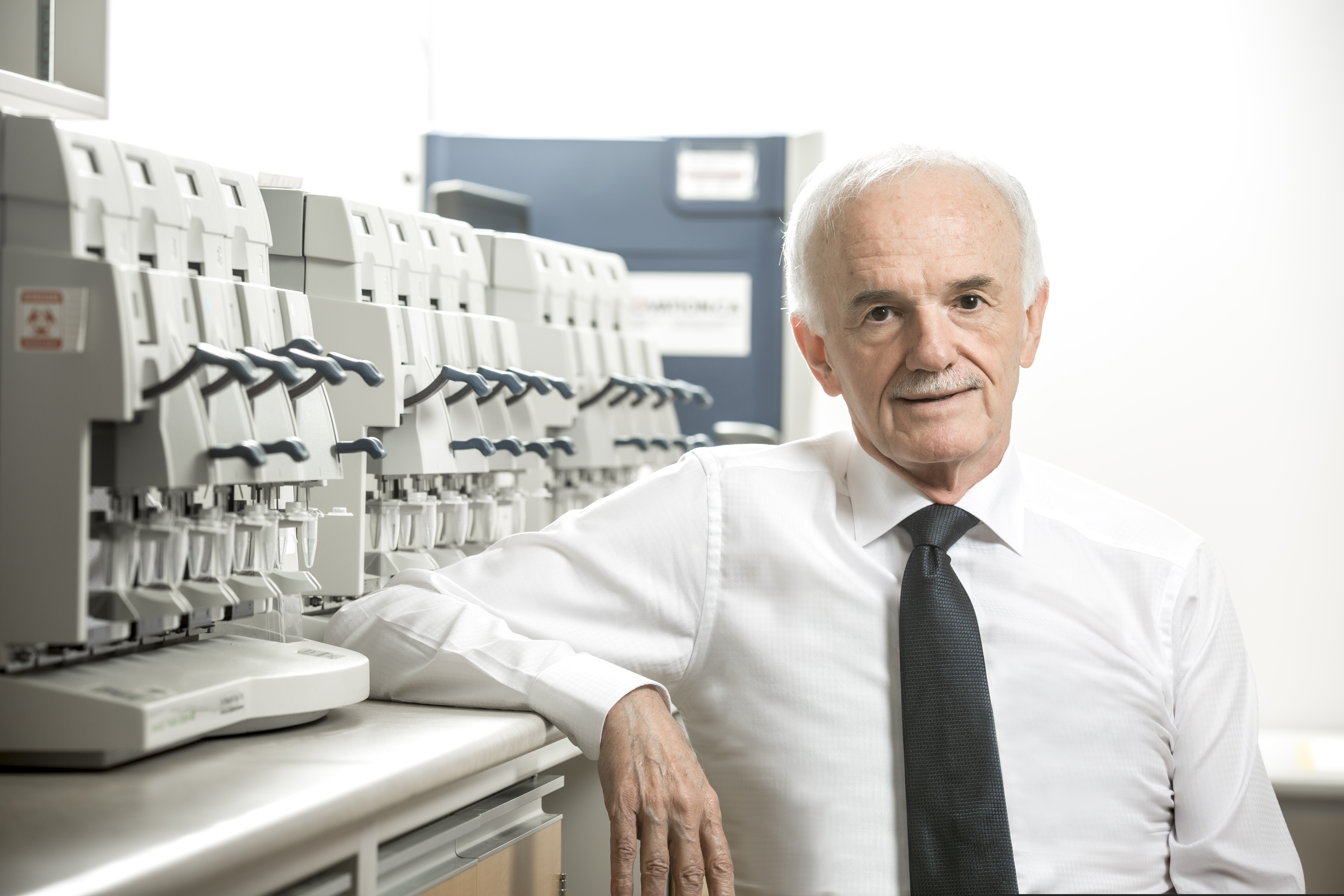
Combining donor derived cell-free DNA fraction and quantity to detect kidney transplant rejection using molecular diagnoses
Philip F Halloran1, Jeff Reeve1, Katelynn S Madill-Thomsen1, Navchetan Kaur2, Ebad Ahmed2, Nour Al Haj Baddar2, Zachary Demko2, Nathan Liang2, Ryan K Swenerton2, Bernhard G Zimmermann2, Paul Van Hummelen2, Adam Prewett2, Hossein Tabriziani2, Philippe Gauthier2, Cesar Escrig2, Paul R Billings2.
1Alberta Transplant Applied Genomics Centre, Edmonton, AB, Canada; 2Natera, Inc., San Carlos, CA, United States
The Trifecta Investigators.
Background: Donor-derived cell-free DNA (dd-cfDNA) fraction and quantity have both been shown to be associated with allograft rejection. The present study examined the relative predictive power of each of these variables to the combination of the two and developed an algorithm incorporating both variables to detect active rejection in renal allograft biopsies.
Methods: The first 426 sequential indication biopsy samples collected from the Trifecta study (ClinicalTrials.gov # NCT04239703) with microarray-derived gene expression and dd-cfDNA results were included. After exclusions to simulate intended clinical use, 367 samples were analyzed. Biopsies were assessed using the Molecular Microscope Diagnostic System (MMDxTM) and histology (Banff 2019). Logistic regression analysis examined whether combining dd-cfDNA fraction and quantity adds predictive value to either alone. The first 149 sequential samples were used to develop a two-threshold algorithm, and the next 218 to validate the algorithm.
Results: In regression, the combination of dd-cfDNA fraction and quantity was found to be significantly more predictive than either variable alone (p-value 0.009 and <0.0001). In the test set, the AUC of the two-variable system was 0.88 and performance of the two-threshold algorithm showed sensitivity 83.1% and specificity 81.0% using molecular diagnoses, and sensitivity 73.5% and specificity 80.8% using histology diagnoses.
Conclusions: This prospective, biopsy-matched, multi-site dd-cfDNA study in kidney transplant patients found that the combination of dd-cfDNA fraction and quantity was more powerful than either dd-cfDNA fraction or quantity alone, and validated a novel two-threshold algorithm incorporating both variables.

right-click to download
